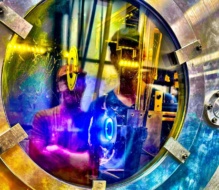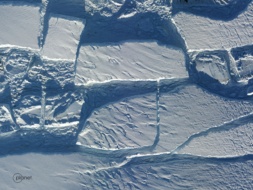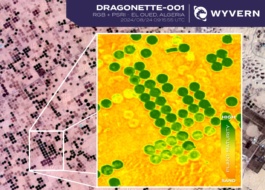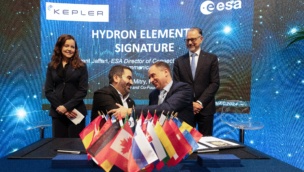Today, satellite startup Quub emerged from stealth mode with two Air Force contracts in tow.
Pronounced like “cube,” the Lancaster, PA-based startup bills itself as a “data company,” placing an emphasis on the value of its eventual downstream analytics products. But don’t get it twisted—Quub is taking a verticalized approach to Earth observation (EO) and will very much be flying its own hardware. The startup already has a teensy bit of flight heritage under its belt, with plans to ramp up operations and on-orbit activity.
From basement to orbit
Quub formally incorporated in 2018, though it leverages prior “PocketQubes” work done by cofounder and CEO Joe Latrell. “This all started at a small desk in the basement,” Latrell told Payload.
Flight heritage
The startup successfully deployed (but never established comms with) Challenger, a 3P satellite that launched on Transporter 3. Next, Quub launched Serenity II on Firefly’s Alpha 2 mission (Serenity I was lost on Alpha 1). Serenity II “made orbit and we received a signal from it just before it reentered the atmosphere,” Latrell said. Firefly’s Alpha 2 mission, which successfully reached orbit, deployed its satellites at lower-than-expected altitudes.
Form factor
PocketQubes are measured in Ps vs. the cubesat’s conventional U metric of 10cm x 10cm x 10cm. A 1P satellite is 5cm x 5cm x 5cm. Therefore, a 1P satellite’s volume is only 1/8th that of a 1U cubesat. “Our work is focused mainly on 3P and 6P versions of the design,” Latrell said.
Latrell printed his first PocketQube reference in 2013 and created a working version in 2015.
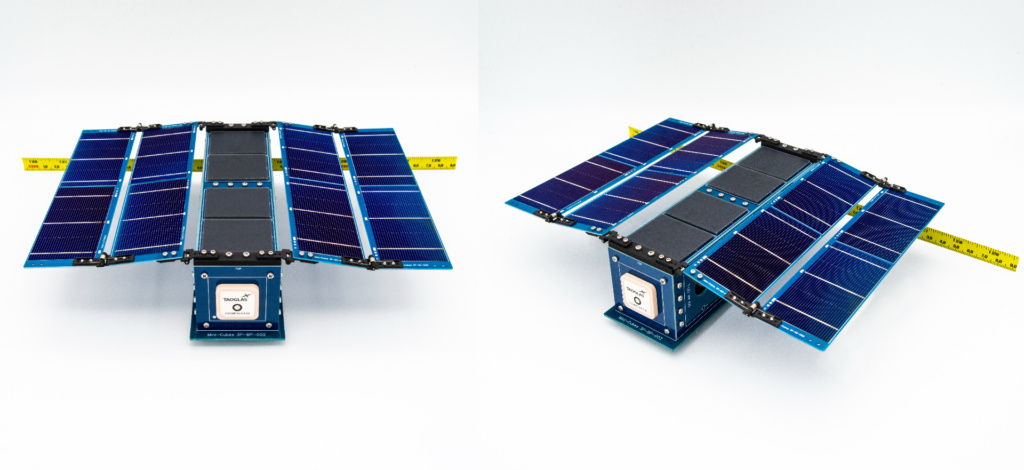
The tech stack
Modularity is key to quub’s satellite design and operating ethos. The startup will fly a variety of hardware, such as infrared, visible-spectrum, and ultraviolet sensors, along with a proprietary imaging system. Work is underway on a SAR sensor—“that has been extremely difficult but looks promising,” Latrell says. Finally, each sensor is designed as an “independent smart module that can be swapped in and out.”
Each Quub satellite is designed for demise upon reentry. The startup is also targeting low orbital shells. All satellites, including non-responsive ones, will thus deorbit within three years.
What’s next?
Quub will continue development work on its Aurora satellite design, aiming to layer in more sensors and improve the satellite’s on-board comms system. Quub has been bootstrapped and also funded through contracts to date, but the company aims to raise a Reg. CF community round via StartEngine in February. The startup also expects to more than double revenues this year as it brings on its first set of outside investors.
Payload’s Q+A with Quub Cofounder and CEO Joe Latrell
Read our full Q+A with Latrell below. Note: This interview was lightly edited for clarity and length.
What’s the story behind the name? Quub is obviously a nod to cube, but all of your marketing material refers to microsats. Small Q to start, but I’m sure there’s a good story there.
The company was originally called Mini-Cubes. We had a tagging of “From Basement To Orbit” as this all started at a small desk in the basement. We didn’t really have a name in mind when we formed the company. It was the lawyer who helped us out that came up with the Mini-Cubes name. It seems appropriate for the time and it stuck. Later on we found that mini-cubes are a Minecraft thing and searching for the company on Google was pointless.
This is where Oxcart Assembly comes in. We met at the TechCrunch Sessions: Space and it just seemed like there was a good fit from the start. I gave Jeff and his crew wide latitude to come up with something. They worked their magic, and the name Quub came out of that work. I cannot say enough good things about them or the experience.
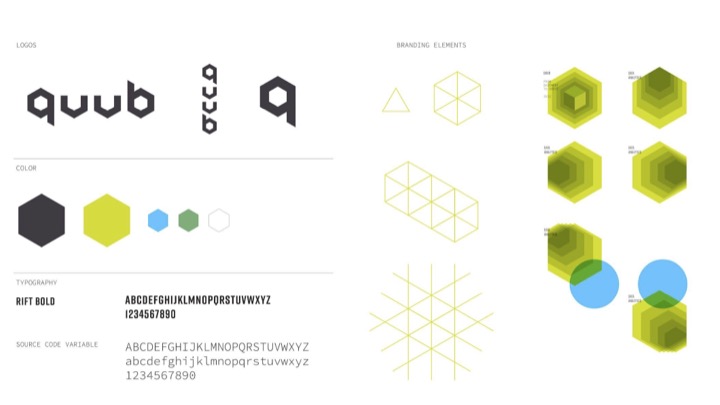
What’s unique about your design and form factor?
We work in a satellite form factor known as a PocketQube. This was designed by Bob Twiggs of CubeSat fame. There seemed to be little love for the form factor until Tom Walkinshaw of Alba Orbital started to get people moving on the platform.
I thought it was a cool form factor worth exploring. We’ve been able to stuff a lot of tech into the small boxes. PocketQubes are measured in Ps. A 1P satellite is 5cm x 5cm x 5cm – only 1/8th the volume of a CubeSat. Our work is focused mainly on 3P and 6P versions of the design. It works well for our planned use case.
Many would argue EO is already pretty crowded. Why would you say you’ll be able to win over customers in this space? What’s your differentiation or competitive advantage?
Yes, it appears that EO is crowded and the problem is getting worse. We took that into consideration in our design.
On the safety side, our satellites are small. Thus, they’re hard to hit (but not hard to track). Each of our spacecraft has collision avoidance built in so we can stay out of harm’s way. We also started with an environmentally sound design. We don’t use exotic materials. Everything burns up on reentry. The structures are also made to not break up easily, keeping the satellite intact should something go wrong. We also work in low orbital shells so that in the event of a satellite shutting down, it will deorbit on its own within three years. If you start with the caretaking in mind, it makes for a satellite that works well and works with the environment instead of against it. This is one of the advantages we have for our business model.
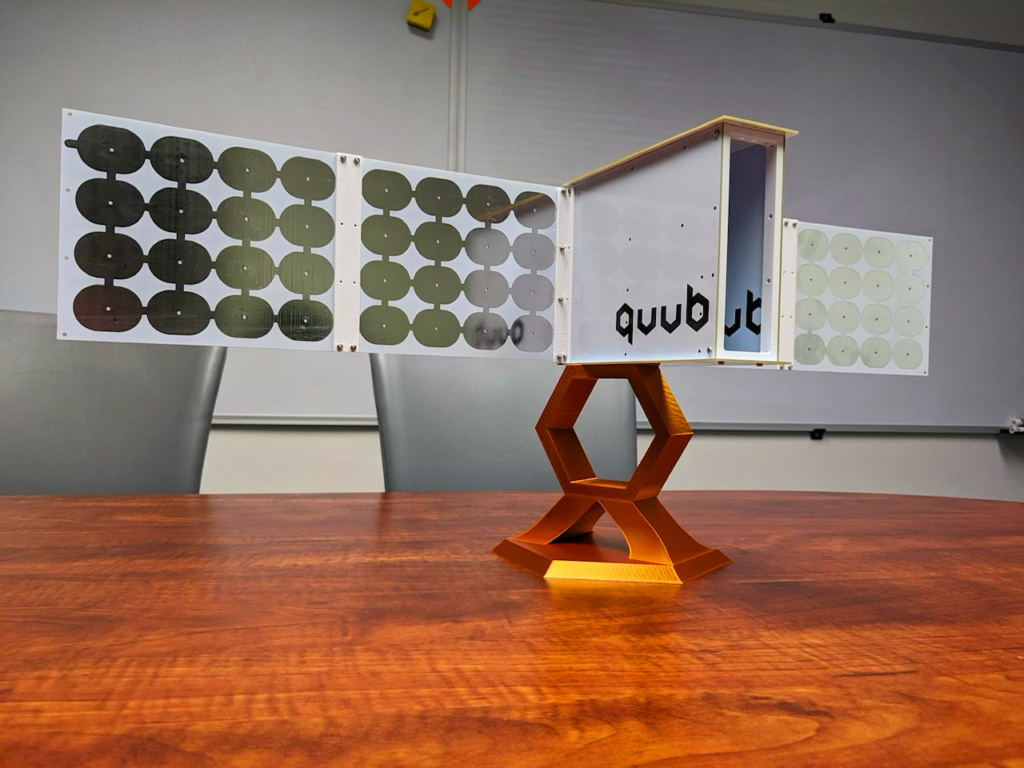
What sensors will you be flying?
The actual sensors we are flying I cannot talk about too much at the moment. We have been working to miniaturize a lot of common off-the-shelf systems such as IR, Visible spectrum, and UV sensors. We have a proprietary imaging system we have been developing as well. Additionally, we have been working to create a Synthetic Aperture Radar (SAR) system that will fit in our designs. That has been extremely difficult but looks promising.
Tell me about your tech stack and what’s unique about it?
Our tech stack is built on a rapid design and iteration model. Each of our sensor systems is an independent smart module that can be swapped in and out. For example, let’s say you have a temperature sensor. The smart module contains everything needed to run that sensor. The module collects data and sends it to the main processor board using a standardized software interface.
If a newer and better sensor comes out, we can build a new module for it, update the code in the module, and make any adjustments to the software stack only as it applies to that sensor. The technique allows for satellites that can be customized or updated quickly and efficiently. How we actually do that is confidential.
What on-orbit experience do you have? What have you learned?
We are still the new kids on the block.
Our first satellite was not licensable due to its size and therefore never launched. I fully understand the reasoning, even if I don’t agree with it. Our next satellite was a 3U CubeSat we built with Teachers in Space called Serenity. Liz Kennick took a chance on the entire project, and for that I am thankful, as it is what really launched Quub (pun intended). That spacecraft was on Firefly’s inaugural Alpha flight.
Next up was Challenger. She is a 3P satellite that was launched on the Transporter 3 flight from SpaceX. It deployed successfully, but we never heard from it. After some troubleshooting we found the issue and have since corrected it. Next up was Serenity II, a replacement for the first satellite lost on Alpha. That one made orbit, and we received signal from it just before it reentered the atmosphere.
Is that a lot of experience? Probably not. But the skills we learned from other industries have led us down some interesting paths to create something new in spaceflight. We expect issues, and we do our best to understand them, learn from them, and fix them. Modularity is key.
Why do you say you’re a data company? What can we expect with regard to your downstream data products (analytics, insights, etc)?
We call ourselves a data company because that is what we are. We collect data using sensors that just happen to be in space. The advantage is that our data is global from the get-go. Our system processes most of the data on the satellites and sends the important information first. We call this anomaly detection. That data is then analyzed on the ground and forwarded to the people who need it most. The backing data comes down after that (imagery, sensor data, etc).
We like to think of our systems as scouts looking for issues. The data that comes back may be used to alert people on the ground to take action – be that water management in the case of flooding (I spent three years in the field working on water health issues) or potentially seeing drought conditions developing. The idea is to get a first look and then act quickly to send in the bigger tools for even more detail.
No matter the views on climate and the rate of change, and who or what is causing it, we need to be gathering all the data we can to understand the problem. It isn’t a snapshot in time.
It is a moving picture with a lot of rich detail that needs to be explored and understood. Then, we can continue to make good decisions for us and the planet.
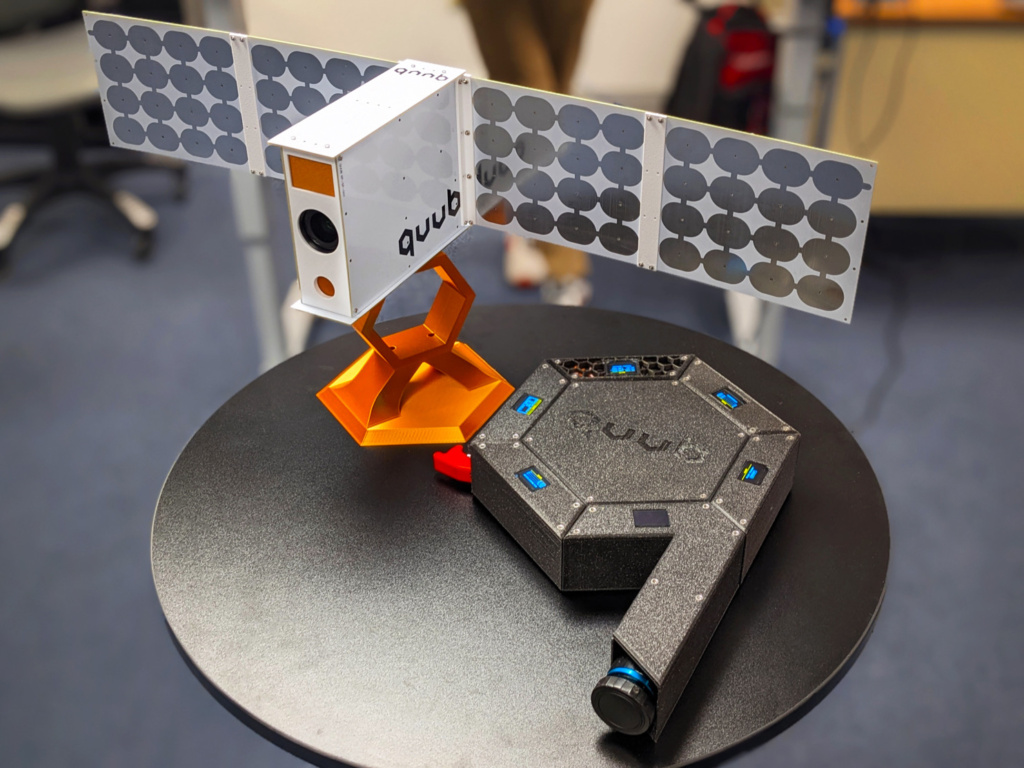
How big is your team? Where is your headquarters located? Is the whole team there or are you distributed?
Our current headcount is eight staff with two interns, four consultants, and three advisors. We are located in Lancaster, PA. While a large part of our staff work here, we have some who are remote most of the time. They might come into the office once a month or once a quarter.
What do you have planned for 2023?
Quub is planning to continue development of our Aurora satellite design, improving on its capabilities. Our objective is to add more sensors to the existing structure as well as improve the data communications system. We are also expecting to more than double revenues, and complete our first round of funding.
Anything else to add?
Quub is an amazing company. The people who have come on board or who work with us through various contracts make it a great place to work. We like to say we don’t take ourselves seriously, but we do take our work seriously. I’m proud that we have something special that will continue to grow in our abilities.

